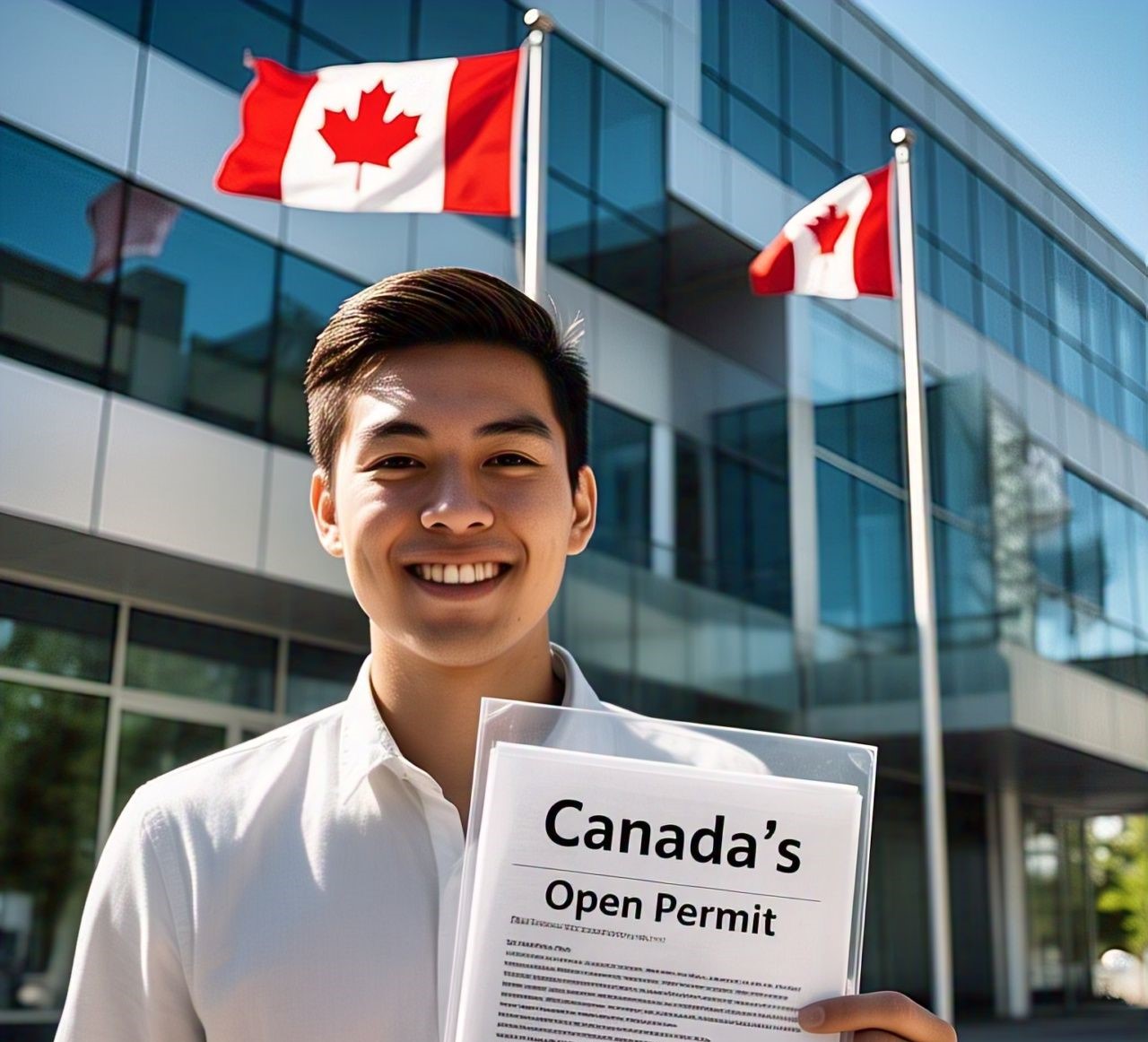Canada’s Open Work Permit (OWP) has long been a valuable pathway for international students, skilled workers’ spouses, and vulnerable workers seeking employment flexibility. However, 2025 brings significant policy changes, including stricter eligibility rules and reduced approvals. This article outlines the latest OWP requirements, key restrictions (such as those affecting Post-Graduation Work Permits and Spousal Open Work Permits), and a step-by-step guide to applying under the new regulations. What Is an Open Work Permit? An Open Work Permit allows foreign nationals to work for any employer in Canada without requiring a job offer. Unlike employer-specific work permits, it provides flexibility, making it ideal for: Updated Eligibility Criteria for 2025 To qualify for an Open Work Permit in 2025, applicants must meet one of the following criteria: 1. Post-Graduation Work Permit (PGWP) Eligibility 2. Spousal Open Work Permit (SOWP) Eligibility 3. Vulnerable Worker Permit Key Changes in 2025 1. Stricter PGWP Rules Program Length Matters: Only students enrolled in longer programs (16+ months) within priority sectors qualify. 2. Narrower Spousal Work Permit Access SOWPs are now restricted to spouses of: 3. Faster Processing for In-Demand Fields How to Apply for an Open Work Permit in 2025 Step 1: Confirm Eligibility Step 2: Prepare Required Documents Step 3: Submit Your Application Step 4: Processing Times Conclusion: Is the Open Work Permit Still a Viable Option? Key takeaways: ✅ PGWP applicants must now choose longer programs in priority fields. ✅ Spouses of temporary workers/students face stricter qualifications. ⚠️ Short-term diploma holders and low-skilled workers’ spouses may no longer qualify. To maximize success, applicants should: For the latest information, always refer to our website Let Worldbridge Immigration Services be your guide to a successful future in Canada Contact us: Website: www.theworldbridge.ca Email: info@theworldbridge.ca Phone/WhatsApp: +1-416-727-7766 Social Media: @worldbridgeHQ
Today’s Date - July 27, 2025 3:28 pm



